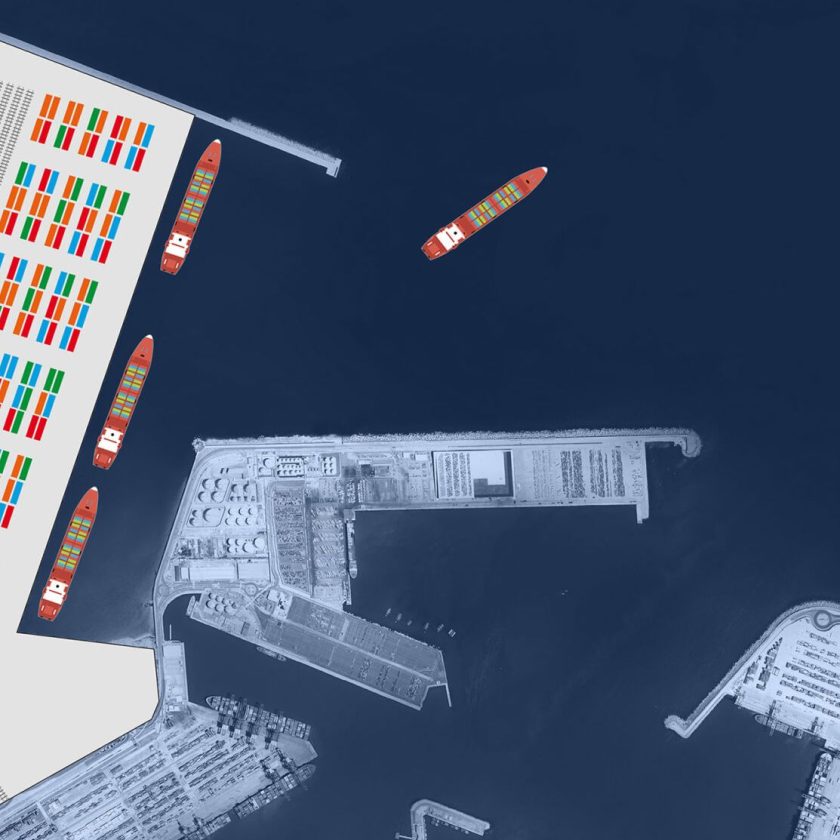1st container ship docks at Baltimore’s Seagirt Terminal since bridge collapse
NewsContainer ships have begun calling at Baltimore’s terminals, one month since the suspension of vessel traffic at the port following the Key bridge collapse.
The high-performance terminal will be fully electrified, and capable of accommodating large container ships, according to the Port of Valencia.

The Port of Valencia has announced the names of the four bidders that have thrown their hats in the ring for the construction of the container terminal in the northern expansion of the port.
The four temporary joint ventures (TJV), which include Valencian companies among their members, are:
The deadline for the submission of bids was Friday, April 5th. The port authority will not proceed with the verification of the tender documents.
Four bidders vie for construction of Port of Valencia’s North Terminal
The new container terminal, covering 137 hectares of land, will feature a berthing line stretching 1,970 meters. The facility will include an on-dock intermodal rail yard with six tracks, each 1,000 meters long, for train loading and unloading. The port estimates that the terminal will have the capacity to move 305,000 TEU/year by rail. It will be located in the sheltered waters of the northern extension, the construction of which was completed in 2012.
With a capacity to handle 5 million TEU annually, this terminal is crucial for maintaining Valencia’s status as a top Mediterranean container port. The Port of Valencia said that the high-performance terminal will be fully electrified, and capable of accommodating large container ships. In addition, the port expects the terminal will be self-sufficient in terms of energy, in line with Valenciaport’s goal of a zero-emissions port by 2030.
As disclosed by the port, 98% of the terminal’s machinery will be electric and 2% hydrogen, while the origin of the electricity will be 100% from renewable sources. The environmental management system will have EMAS certification.
The public-private investment of € 1.57 billion will be financed by the port authority, 31%, while the remaining 69% will be shouldered by MSC’s Terminal Investment Limited (TIL), which will operate the terminal. Specifically, TIL has agreed to invest roughly $1 billion in constructing and operating the terminal, with an additional nearly $600 million earmarked by the port for infrastructure enhancements.
The terminal construction won the green light from the Spanish Government in December 2023.
By subscribing you will have: